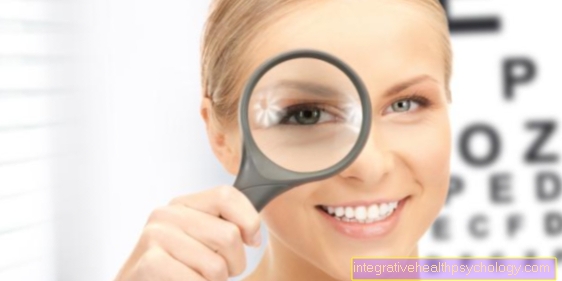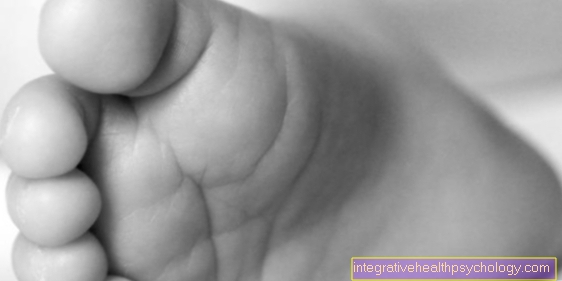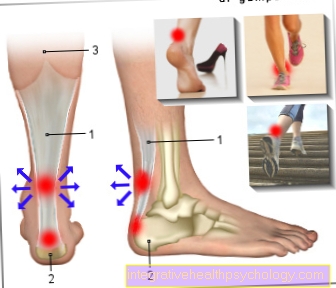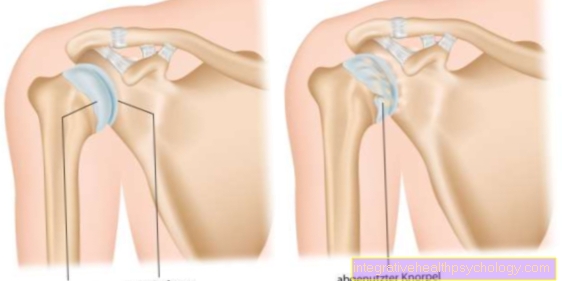Diopter values
definition
The refractive power of the eye is measured in the value dioptre, which is abbreviated as dpt. The value of the refractive power indicates how far behind the lens the light is bundled and thus the image in the eye is focused. It follows that diopter is the reciprocal of the known unit of measurement, the meter.

Measurement and calculation of diopters
There Diopters represents the unit of measurement for refractive indices, it is also the unit of measurement for spectacle lens values. The dioptres are used as a value for lens systems internationally and are calculated worldwide according to the laws of geometric optics.
The normally sighted eye has a maximum total refractive power of about 63 dpt and an eye length of 23.5 mm. The Cornea carries with approx. 43 dpt most of the refractive power of the eye, while the lens with a refractive index of 10 to 20 dpt (depending on the degree of adjustment of the lens) is relatively low.
The values cannot be added up directly because there are different optical media in the eye, so that the total refractive power is calculated individually.
In the case of a healthy eye, the refractive index at a great distance from the object to be seen is around 60 D, so that the focal length is around 16.6 mm. However, this adaptability of the eye is age-dependent and decreases steadily from around the age of 25. In order to be able to see clearly in the vicinity, the refractive power must increase.
The values on the glasses prescription
The prescription for a new pair of glasses / contact lenses often says the following:
- R dph - / + 1.0 cyl -0.75 axis 100 °
- L sph - / + 1.0 cyl -0.5 axis 72 °
This means the following:
- R = right eye
- L = left eye
- sph = spherical = basic visual impairment. A minus value stands for myopia, a plus for Farsightedness
- cyl = cylinder = value to correct an existing one Astigmatism (astigmatism)
- Axis = in this direction the glass must be adjusted so that the values are in the right place and also the Astigmatism is well balanced
- The numerical values are always given in diopters and a gradation is made in each case 0.25 dpt-Steps.
Estimation of the strength of a visual aid when reading
If presbyopia is present, there is a rule of thumb that helps to make an inaccurate estimate:
The reciprocal of the distance in meters at which you would like to read your newspaper is calculated minus the reciprocal of the distance in meters at which you can still see clearly. This results in the refractive power of the reading glasses.
The following should be given as an example:
The desired reading distance is 1/3 m and so is the reciprocal of it 3 diopters.
The smallest visual range at which it is still possible to see clearly is 1/2 meter and thus 2 diopters. So you have to calculate 3 dpt - 2 dpt = 1 dpt. Thus, reading glasses are with strength +1 dpt necessary to in removal of 1/3 m to be able to read well.
The value of the required dioptre can be calculated more reliably with an eye test at the ophthalmologist or optician.
The so-called Landolt rings, which owe their name to the Swiss ophthalmologist Edmund Landolt, who lived in Switzerland and France from 1846 to 1926, are often used for this.
These Landolt rings have an opening on one side that is difficult to see.
Is it still possible to see this recess on the ring at a viewing angle of just one minute of arc (e.g. 1.45 mm from a distance of 5 m), the visual acuity is 1,0 and you are with it 100% normally sighted.
















.jpg)












